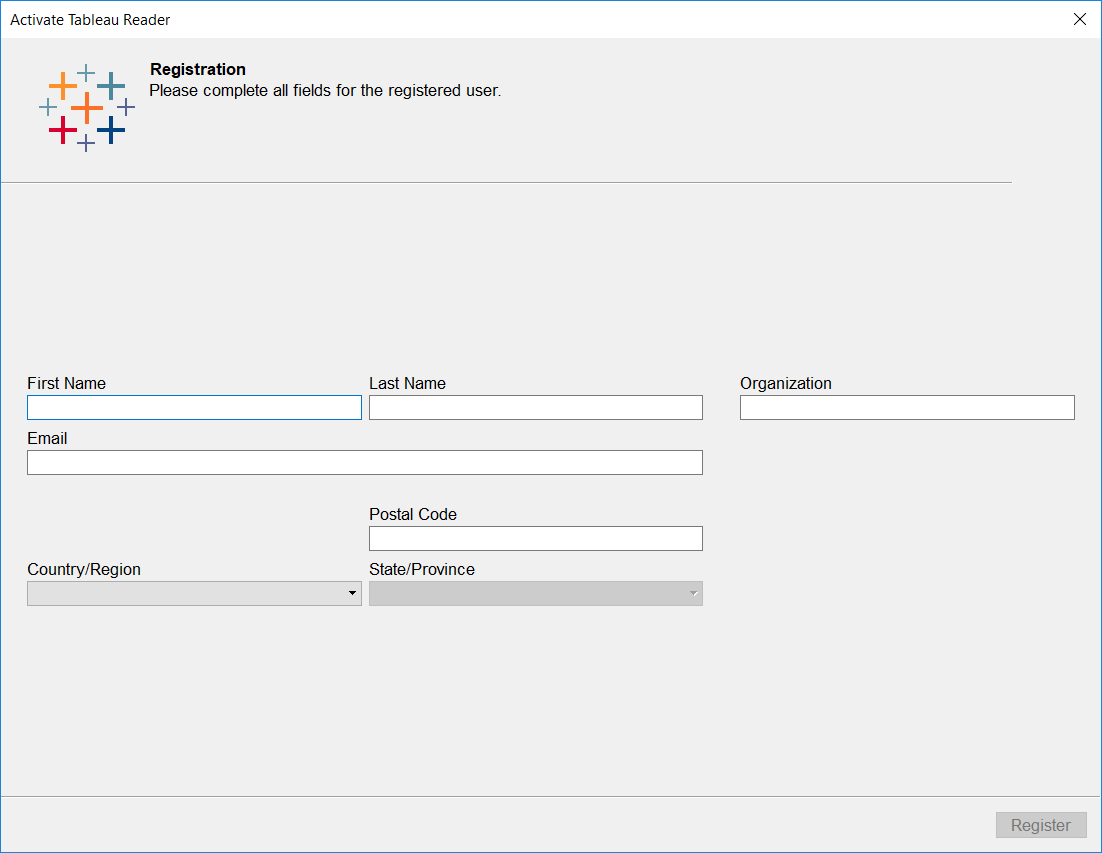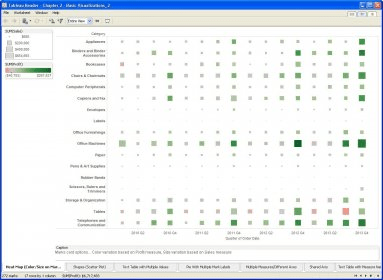

If you hover your cursor over any one of the data points in the main view, you’ll see a pop-up that describes the data ( Figure E).įigure E September 2019 saw sales of $20,174, which exceeded the target. You can continue working like this, adding new items from the Data pane into either Rows or Columns and filtering the information as you go. You can add a bit of color to your visualization by dragging one of the entries from the Columns or Rows section down to Color under Marks, which will automatically add a color legend and assign a color palette according to your data ( Figure D).įigure D I’ve dragged Category to the Color section of Marks to make it easier to visualize the data. You should now see the filter in the far right pane, where you can select and deselect items ( Figure C).įigure C Selecting items in the Category filter to be viewed.

This is done from the Data pane - where Columns and Rows live - by right-clicking an entry and selecting Show Filter ( Figure B).įigure B Adding a filter for the Category item in the Columns section. Here’s how it works after you’ve imported your data:Ĭreate a new worksheet, then drag one or more tables from the Data pane into either the Columns or Rows section ( Figure A).įigure A Dragging table entries from the far left pane into the Columns and Rows section.įocus your results by adding filters to the view. The hardest part of working with Tableau is manipulating data because that’s where you decide which aspects of the data will be added to visualizations and how that data will appear. The Tableau workflow goes something like this: Although this skips an important step, you’re better off learning the ins and outs of Tableau’s data visualization tools before you attempt to connect to or build your own data. When you enable this sample data, you don’t have to worry about first creating a data store, which can be quite complicated and time-consuming. I’ll start by saying the best thing you can do for yourself is start out working with the sample data set called Superstore. What tool you use to work with Tableau will depend on your needs, budget and company size.
Tableau reader security free#
Tableau Reader is a free tool that allows users to view visualizations, but not modify them.Tableau Online, which is similar to Tableau Server, only the data is stored in the cloud.Tableau Server makes it possible to share the work you create within the Desktop application across your organization with data remaining in-house.Tableau Public is a cost-effective option that only saves data to the Tableau public cloud so the data can be viewed by anyone.

Tableau Desktop makes it easy to interact with your data and reports from the convenience of the desktop.Tableau Prep helps users prepare data for analysis.

You’ll find the following products available for Tableau. One aspect of Tableau that can be a bit confusing is the differentiation between the different products. Must-read big data coverageīest practices to follow for data migrationĭata warehouse services: What to consider before choosing a vendor With Tableau, you can create quick data visualizations to gain insights into different sources of data, leverage the power of databases, use statistical analysis to aid in trend forecasts and create at-a-glance dashboards for real-time data visualization. Importing multiple and massive data sets.Data blending, mining and collaboration.Tableau was designed from the start to help people see and understand the data they use to simplify data-driving decision-making, with features like: SEE: Research: Digital transformation initiatives focus on collaboration (TechRepublic Premium) By visualizing your data, you’ll be able to discern trends, issues, patterns, meanings and relationships so you can be better capable of making crucial business decisions. Tableau can work with nearly any type of data and is capable of visualizing it into graphs, charts, maps, bars, plots and more. Tableau is used by companies around the world to help visualize massive troves of data to make that information considerably easier to use. Tableau is one of the most popular business intelligence and analytics tools on the market. Read this introduction to Tableau for users with next to zero experience with business intelligence and data visualization.
Tableau reader security how to#
How to use Tableau: A guide for beginners


 0 kommentar(er)
0 kommentar(er)
